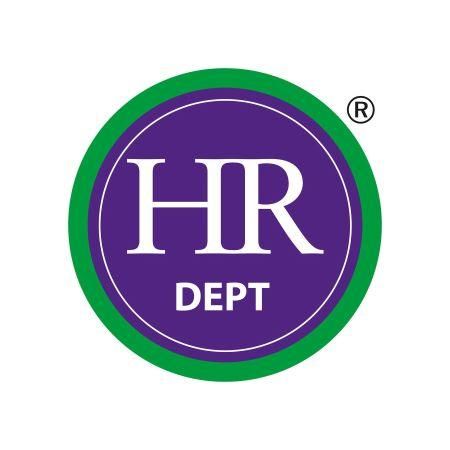Managing the holiday NOT taken within your business
Unless you have got some HR software (which we would highly recommend), managing the holiday requests within your business can be hassle enough – making sure your business is fully staffed at key times, dealing with conflicts, and just keeping track.
So what about the holiday NOT being taken, surely you can just let that slip? Well, not really, unless you want to run the risk of problems storing up in your business and striking when you least need it.
Don’t worry though, with a bit of proactiveness, and a clear policy, you can keep everything under control.
Your holiday management tools
As we have said, a small investment in HR software which includes holiday management is well worth it (ask us for more details).
Next, for annual leave both taken and passed up in a holiday year, a policy covering all the rules of your business will give clarity to both you and your team.
Taking holiday – legal requirements
All employees are entitled to a statutory minimum holiday of 5.6 weeks, equivalent to 28 days of paid holiday a year. Those working less than full time have it pro rata. Holiday accrues from day one, and can only be paid in lieu when someone leaves. Holiday pay must reflect an employee’s normal earnings.
The 5.6 weeks is made up of 20 days originally mandated by EU law, plus 8 days from UK law. Bank holidays can be included in this, but the precise wording of your employment contract will dictate if, and how, this is the case. Only amounts above the first 20 days can be carried forward.
Most employers will take as a starting point “Use it or lose it” for holiday entitlement, over the course of an annual period. This provides clarity for all, and helps keep the spirit and purpose of annual leave entitlement: which is, of course, to provide employees with adequate rest and recuperation.
However, there are a number of nuances to understand, and which mean that a blanket “Use it or lose it” approach cannot work:
- If you yourself have denied holiday requests making it impossible for the full entitlement to be taken, then you will need to make this good.
- If an employee is off long-term sick, then they are legally allowed to carry the first 20 days of a 28 day entitlement over to the following year.
- If an employee is away on maternity leave or family leave, then they are allowed to carry over a full year’s statutory entitlement, up to 28 days.
- Going further than point 1, case law from Smith v Pimlico Plumbers 2022 established that for a worker to forfeit their right to paid holiday in a leave year, you must have given them the opportunity to take paid leave, encouraged them to do so and informed them that they will lose it if they do not take it.
That final point shows the proactive steps you need to prove to have taken if you are to decide their holiday has lapsed.
“Use it or lose it” does maintain a sense of order by focusing employees on taking reasonably regular holiday to recharge their batteries. Should they actually lose holiday time, you get the benefit of saving some money, but run the risk of them burning out or becoming disgruntled.
Your annual leave policy
Best practice would be to ensure that all of the above is clearly explained in an annual leave policy and we can help you do this.
Your policy can also explain other details such as a “first come, first served” principle which will help you manage peak times of year, like Christmas, where you may have everyone asking for the same days off at once. Or conversely it may explain a Christmas or summer shutdown policy, where you close the workplace and require everyone to take annual leave at specific times.
For help with reviewing or writing an annual leave policy, or to find out more about HR software that will massively simplify your HR administration including managing holiday leave, please contact your local HR Dept office.






















